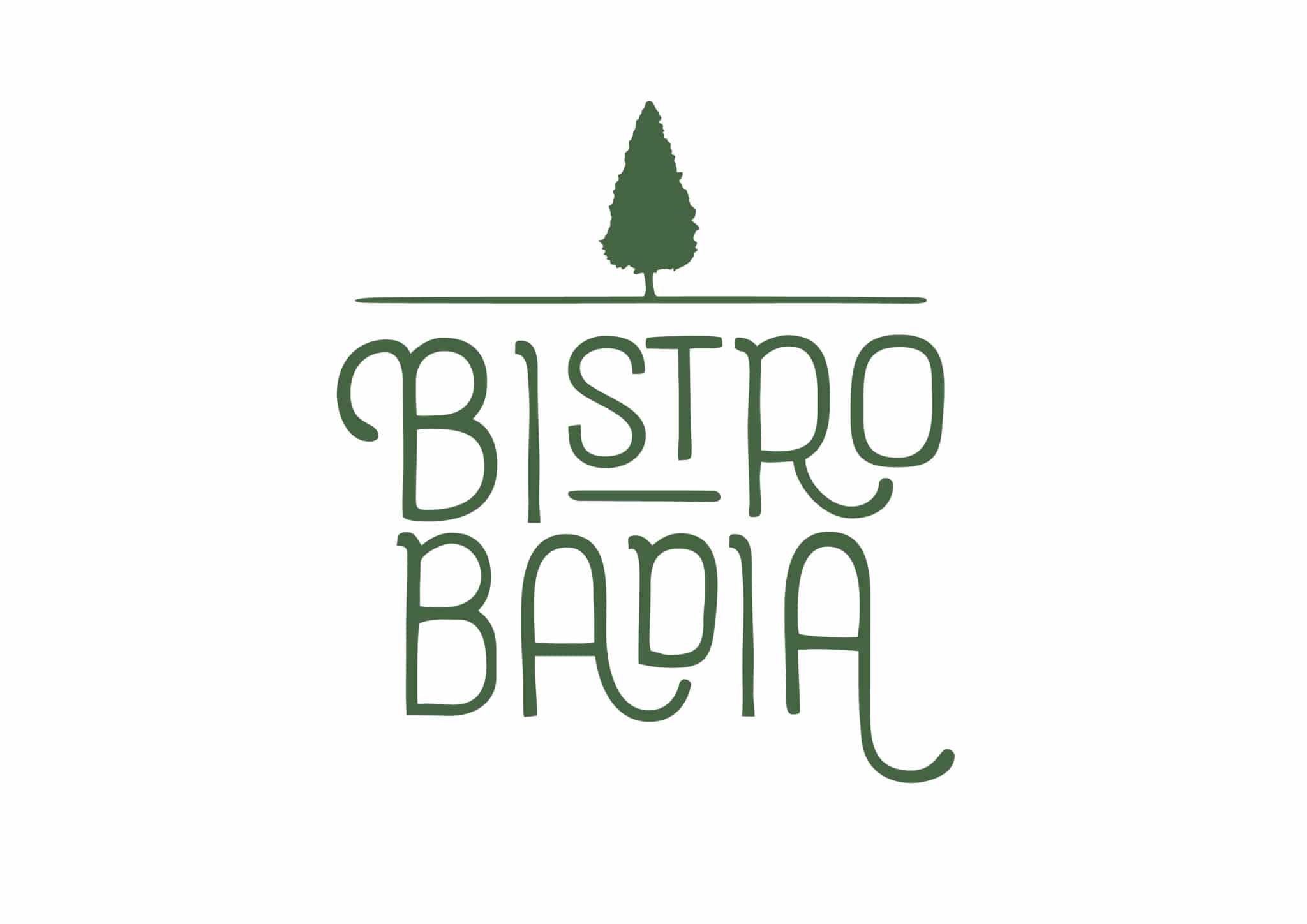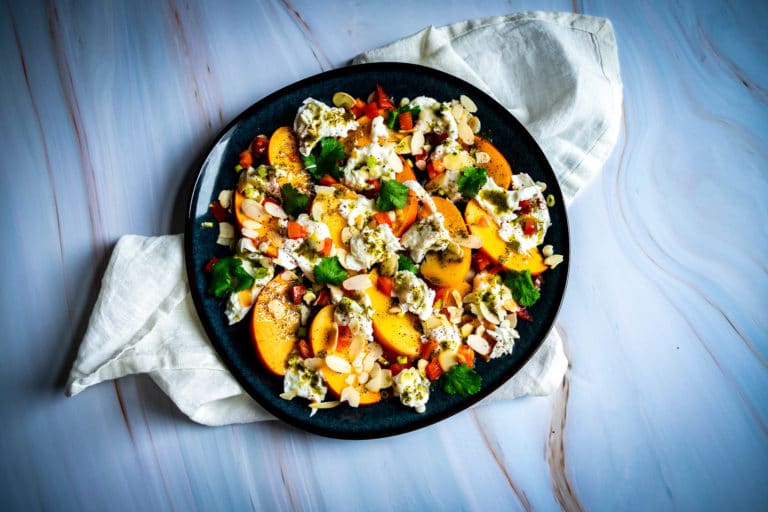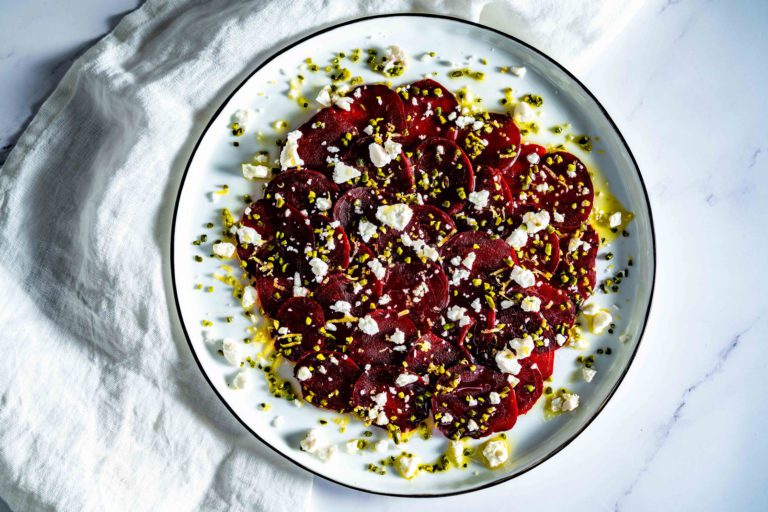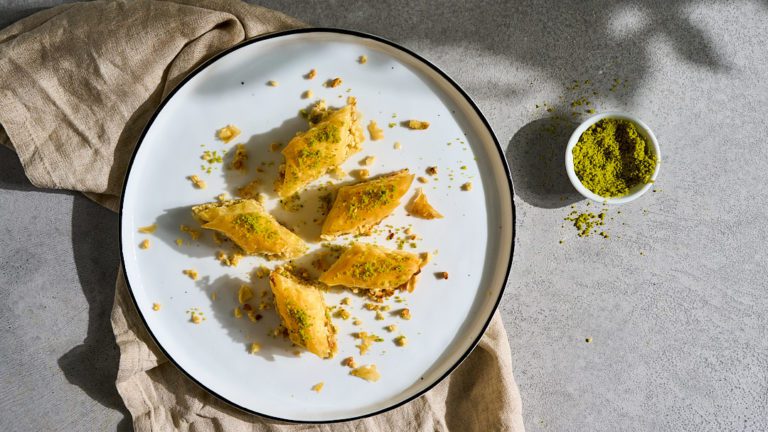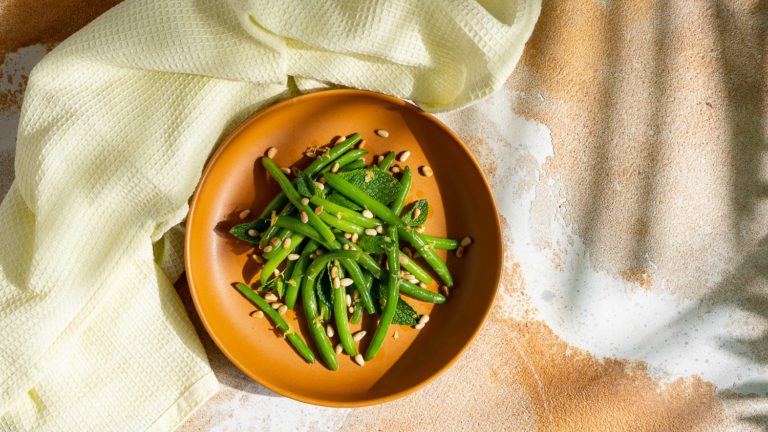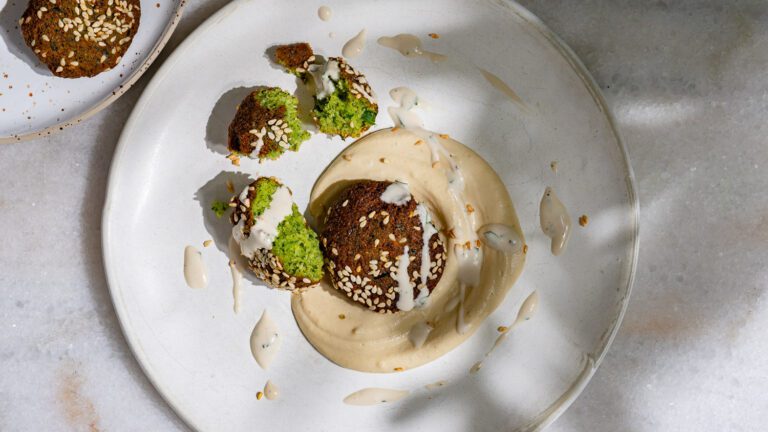How to make falafel – The original recipe!
Making falafel yourself is child’s play. I have a very personal relationship with the crispy falafel balls and grew up with this crunchy delicacy made from chickpeas and fresh herbs. As a result, I never had to rely on ready-made falafel mixes and was always able to enjoy fresh homemade falafel wraps or even a falafel bag. To make sure you only have fresh falafel in your home from now on, you can now get my family’s original recipe.
What are falafel?
Falafel (sometimes also falafel or falafel) are small crispy balls made from chickpeas, fresh herbs and spices. The oriental street food from the Levant is now very popular worldwide, especially in vegetarian and vegan cuisine.
The falafel ingredients are finely chopped and then deep-fried in hot oil. They can then be served plain, with sauce and pickled and fresh vegetables in a wrap or in a bowl.
These are the ingredients for falafel
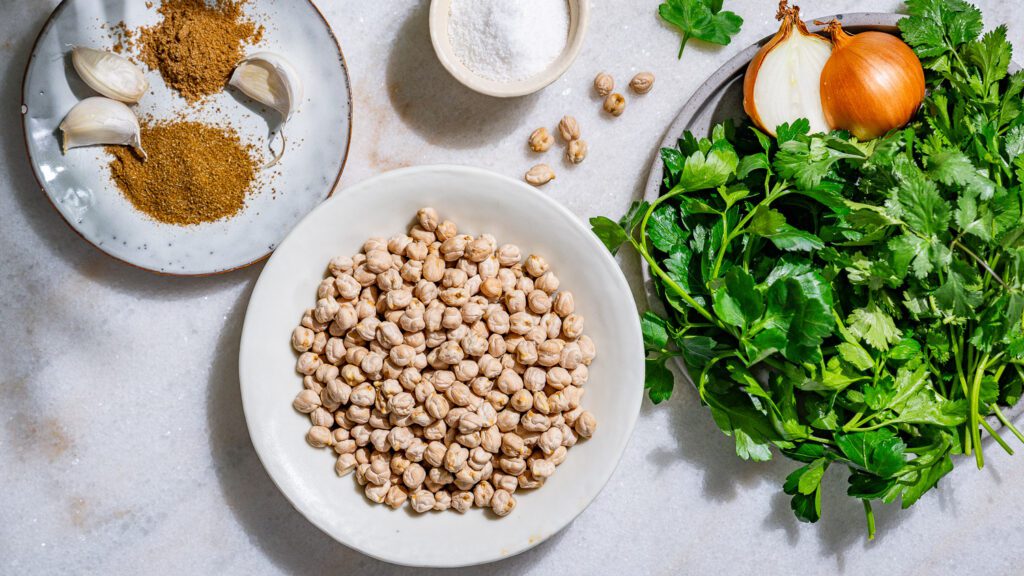
I got the original falafel recipe from my mother. It doesn’t need many ingredients and is super easy to make. Even if some people realize it nowadays, I used to be asked more often:“What does falafel consist of?” The falafel ingredients are:
- Chickpeas: This is the main ingredient in Arabic falafel.
- Garlic & onion: Garlic and onions give the falafel more flavor and also give the falafel dough its moisture – so they are also nice and juicy.
- Spices: Cumin and coriander seeds are added to give the falafel its particularly spicy note. Of course, a little salt should also be added.
- Fresh herbs: flat-leaf parsley and fresh coriander not only give the falafel balls a lot of flavor, but also provide a fresh green color inside.
- Baking powder: The baking powder is actually optional, but makes the falafel a little fluffier. I tend to use less rather than more.
Which chickpeas for falafel?
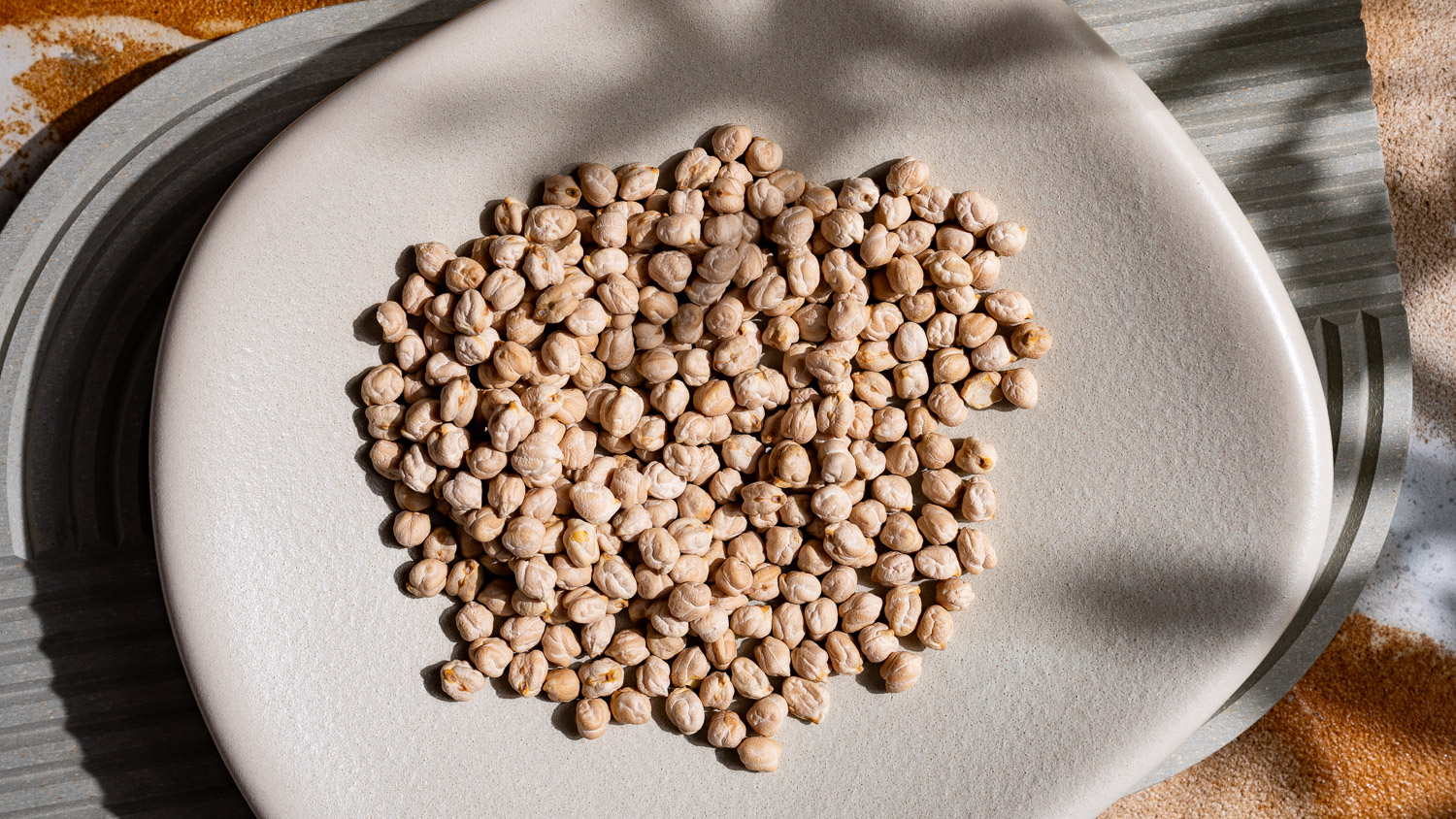
To get straight to the point: Use dried chickpeas in any case!
If you use cooked chickpeas from a can, you would also need to add flour. This will make the falafel mixture soggy, sometimes really lumpy and fall apart when deep-frying. Better not do that!
If you want crispy and juicy falafel, use dried chickpeas.
Soak them in fresh water for at least 12 hours beforehand. You don’t need to cook them afterwards. You can then use them raw with the other ingredients.
Make falafel yourself: here’s how
Making falafel yourself is child’s play! The preparation of falafel can be divided into two main stages: preparing the chickpea mixture and shaping and frying the falafel balls.
Preparing the falafel mixture is actually very quick and easy. You need to soak the dried chickpeas in fresh water for at least 12 hours. I always do this before I go to bed and can then use them straight away at lunchtime.
After soaking, you can either pass the raw chickpeas directly through a mincer with onion, garlic and flat-leaf parsley (which is how my parents used to do it) or chop them up in a blender.
In my experience, a powerful hand blender is usually even quicker than a large blender. So you don’t necessarily need a large food processor to make falafel.
I then leave the falafel mixture in the fridge for about 1 hour to improve the starch binding and malleability. This step is important as it helps the falafel to keep their shape when deep-frying.
After the dough has rested sufficiently, I would mix everything again briefly and then you can start forming the falafel balls.

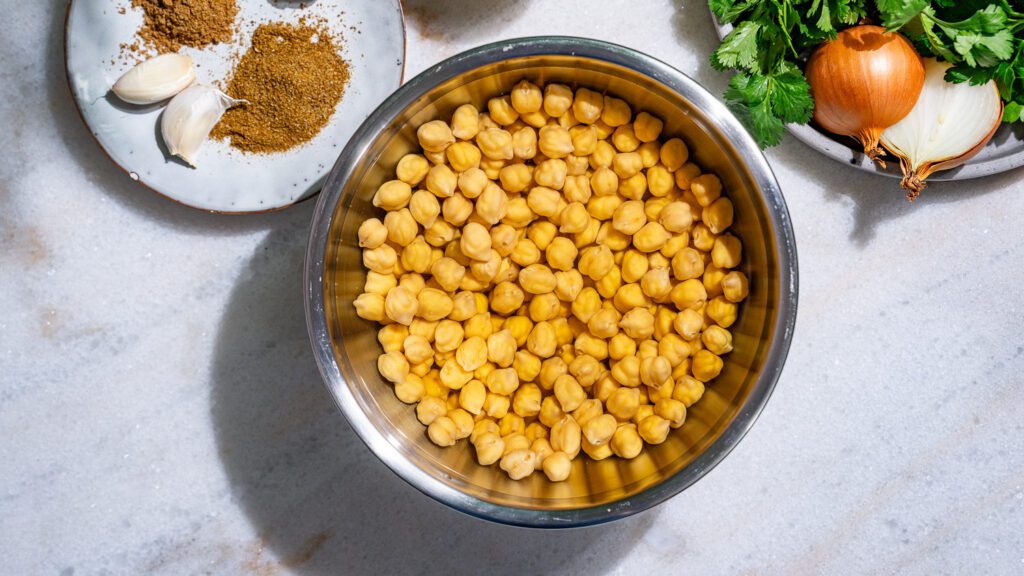
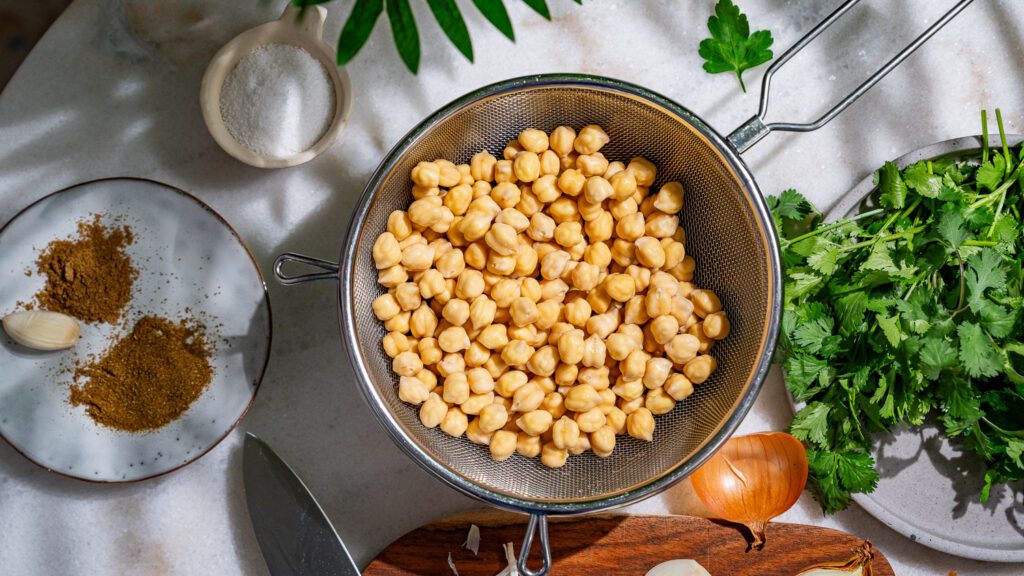
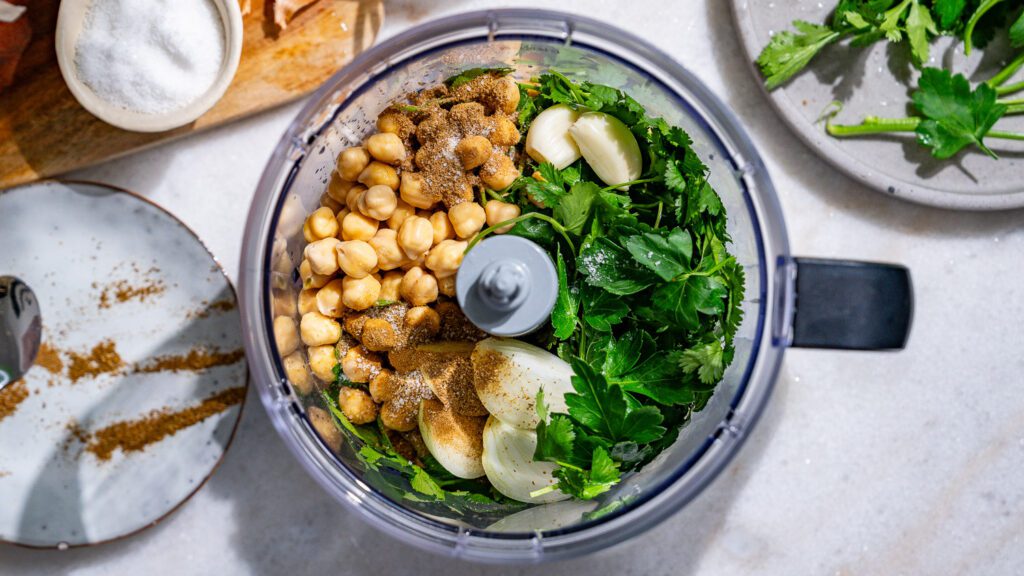
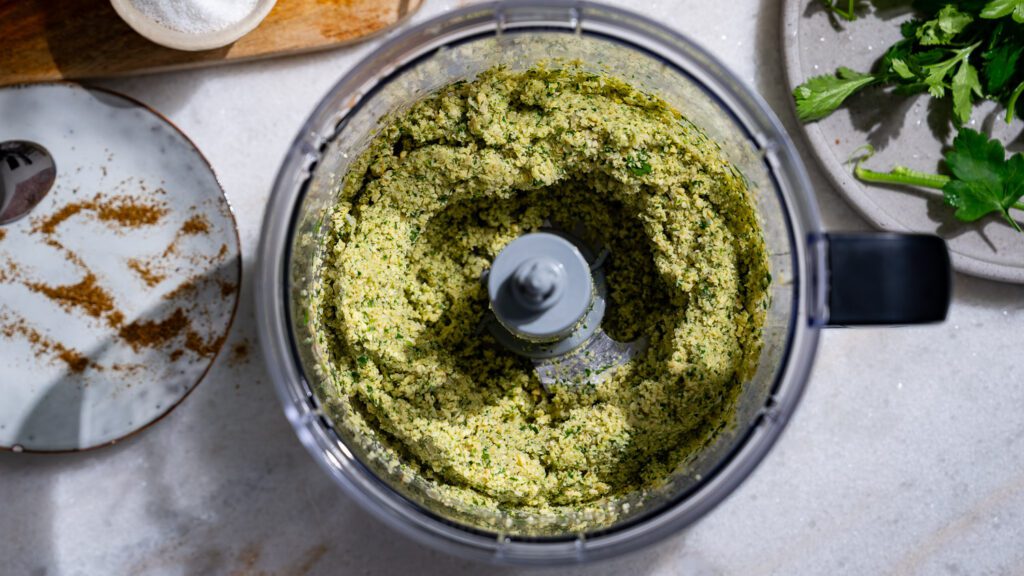
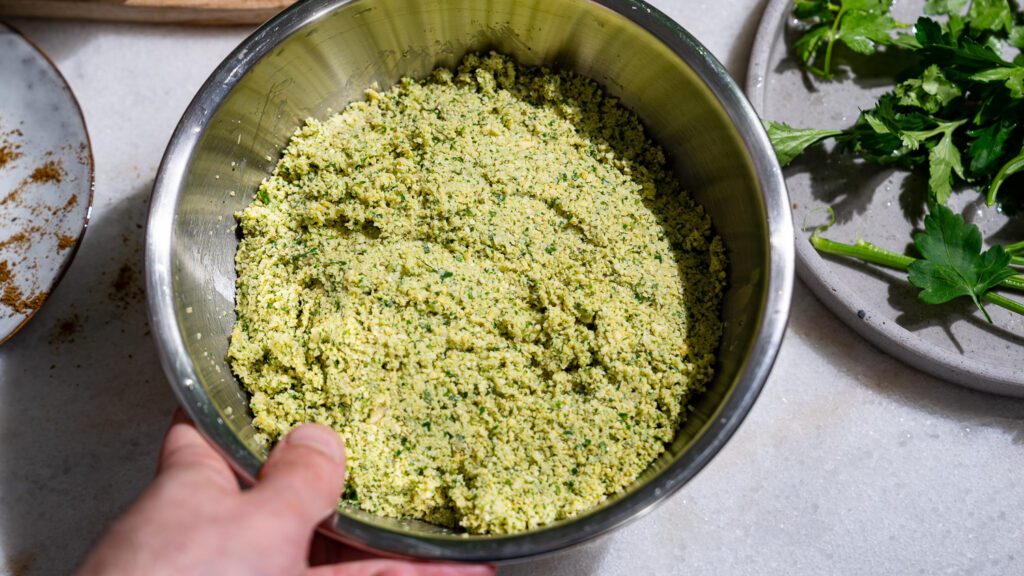
Shaping falafel balls – here’s how
The falafel mixture must retain its shape when pressed together, but may still be a little crumbly. Shaping the falafel is really child’s play.
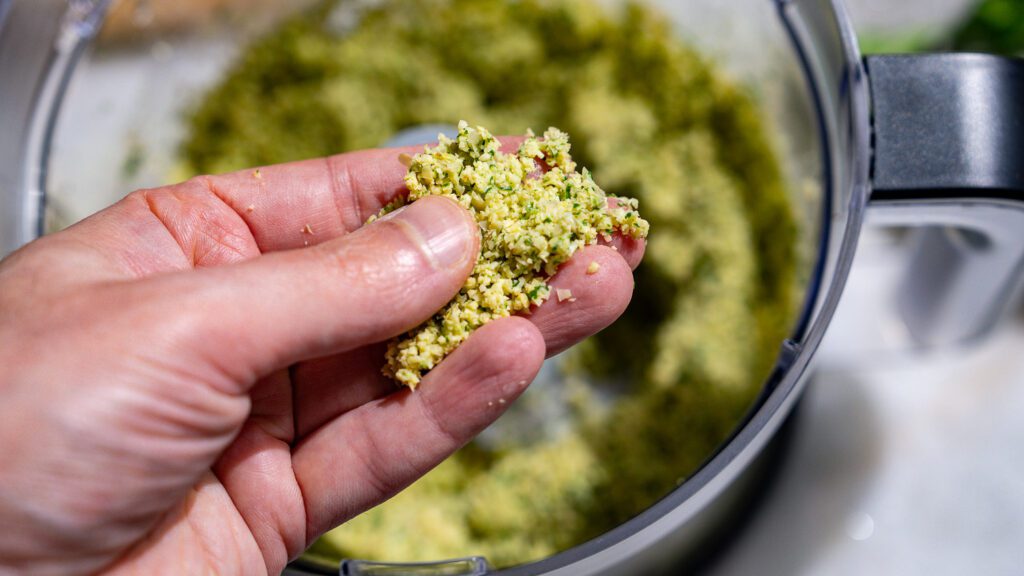
You can either shape them with wet hands, an ice cream scoop, spoons or a traditional falafel shaper. You can get this traditional thing either online or in oriental supermarkets.
Shape the entire dough into small balls, press them lightly and then you can start frying.
Fry, roast or bake original falafel?
After shaping, the falafel can be placed in hot oil, because original falafel are deep-fried! This makes them really crispy.
The oil should have a temperature of approx. 170°C – 180°C. I can highly recommend a deep fryer with a thermostat for this. This allows you to control the temperature better.
If the oil is too hot, the falafel will darken too quickly on the outside and would still be raw on the inside. And if the oil is not hot enough, the balls would soak up too much oil or even fall apart.
The preparation time for falafel in hot fat is approx. 3 minutes. The perfect falafel has a golden brown color and is beautifully greenish on the inside due to the herbs.
To say one thing straight away: I simply like deep-fried falafel best! However, you can also prepare the falafel in a hot air fryer or in the oven. I have adapted the recipe for both options so that you get perfect original falafel from the air fryer or the oven. And if you have made too many, you can freeze the falafel.
Recipe for authentic falafel

Ingredients
- 250 g dried chickpeas
- 2 Garlic cloves
- 1 Onion
- 15 g Coriander fresh
- 20 g flat leaf parsley
- 2 TSP Cumin (Kreuzkümmel)
- 1 TSP Coriander seeds ground
- 1 TSP Salt
- Oil for frying
Zubereitung
- Soak the chickpeas in water overnight. (At least 12 hours)
- Peel the onion and garlic. Cut the onion into quarters.
- Strain the chickpeas in a sieve.
- Blend the chickpeas with the garlic, onion, coriander (fresh and ground), parsley, cumin and salt in a powerful blender until homogeneous. To avoid overloading your food processor, you can also produce the mixture in 2 – 4 parts and mix by hand afterwards.
- Transfer the mixture to a bowl, flatten and place in the fridge for approx. 1 hour to infuse.
- Heat the deep fryer or a pot with the oil.
- Now shape the mixture with a falafel scoop and place it in the hot oil. If you don't have a portioner, you can shape the mixture with spoons or your hands. The taste remains the same 🙂
- Fry the falafel for approx. 3 minutes until golden brown.
Notes
Nährwerte
You can find all the information about chickpeas in the chickpea guide. If you would like to discover another Arabic classic, then definitely try shawarma.
Serving and eating falafel
I personally also really like fresh falafel on its own. I like to crisp them up straight after frying. But even better are falafel for dipping with tahini sauce.
Falafel is also usually part of a mezze. This is a type of tapas where many other delicious small dishes and salads come together and are enjoyed throughout the evening. Falafel is therefore an excellent accompaniment:
But the absolute classic is the falafel wrap! If you wrap falafel in thin flatbread or put it in a pita, then press the balls first. You can really squeeze them, as the balls will then absorb the sauce much better. This will make your wrap really juicy, crispy and delicious.
The crispy chickpea balls are also delicious in a kebab or as a patty in a burger. If you’re looking for more inspiration for falafel side dishes, take a look at this collection of recipes.
Preparing falafel is easy
You can also prepare original falafel the day before and put the falafel mixture in the fridge overnight. You can also shape the falafel and cover with cling film in the fridge.
This means you have everything ready the next day and can start frying the falafel straight away.
You can reheat falafel
Personally, I always eat falafel fresh. If you have any left over and want to eat them the next day, I would definitely heat them up again briefly in the oven or deep fryer, otherwise they will taste a little dry.
Are the falafel healthy?
Falafel are purely plant-based, i.e. vegan, and contain a lot of protein as well as plenty of fiber and are gluten-free.
Falafel is also full of good B vitamins and minerals such as iron, magnesium and phosphorus.
But that’s not all. Falafel offers health benefits thanks to its antioxidant flavonoids, is cholesterol-free and is also an excellent source of folic acid.
They contain important trace elements and can also protect the cardiovascular system thanks to the saponins they contain.
Falafel for children
I personally always had a falafel in my mother’s mouth instead of a nibble – joking aside: children love falafel. You just have to make the crispy balls a little more palatable for them sometimes.
A child-friendly dip such as a mild yogurt sauce can help to encourage kids to try them. You can also vary the size of the balls or the ingredients. Beet falafel tastes slightly sweet and could therefore be a good choice for the little ones.
Mini falafel balls, for example, are a good size for children’s hands and can make eating easier for the little ones. Then they can start crunching together straight away.
Where do falafel come from?
Falafel has its origins in the Middle East. According to myth, falafel originated in North Africa. In Egypt to be precise. There is an independent variant there called ta’amia
There, the balls were served as a substitute for meat. Today, the crispy balls can be found everywhere as street food, especially in Lebanon, Syria, Israel and Palestine.
Personally, I was lucky enough to grow up with chickpea balls, so I know exactly what these little things must taste like.
And luckily you don’t have to go far to make original falafel yourself.
You can also follow me on Instagram for more inspiration about Levantine cuisine and feel free to rate the recipe.
